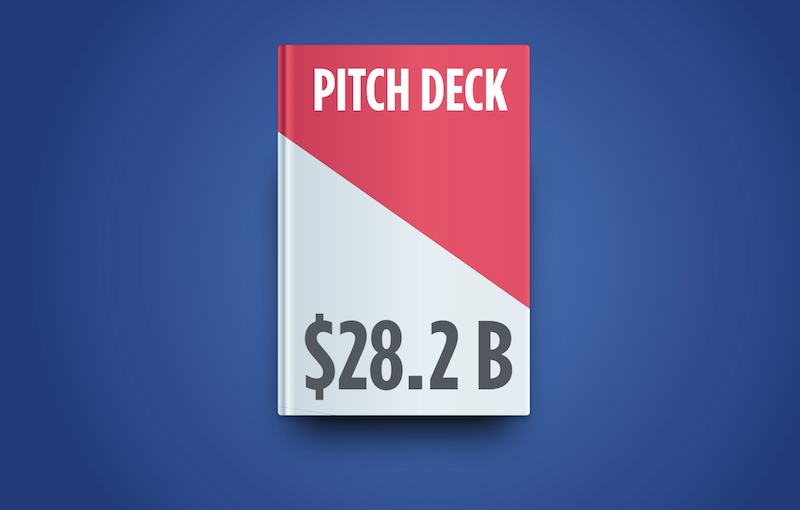Category: Pitching
-

Create a Business Pitch Presentation That Borrows From Venture Capital Fundraising
Or How To Take Advantage Of All That Persuasion Power For Your Technology Product Investors hit the ground running in 1Q 2018, deploying $28.2 billion in venture-backed companies across 1,683 deals – the highest amount of capital deployed in a single quarter since 2006. – National Venture Capital Association Seems that a simple pitch deck and…
-
Why Using a Business Pitch Deck Is Like Dating
————————- “Will You Marry Me?” Have you ever witnessed someone asking a member of the opposite sex “Will you marry me?” on the street or in a pub – without even knowing the person’s name or having been introduced? The reason this outrageous request is fun to watch is because it is comically “too soon” to ask for such a…